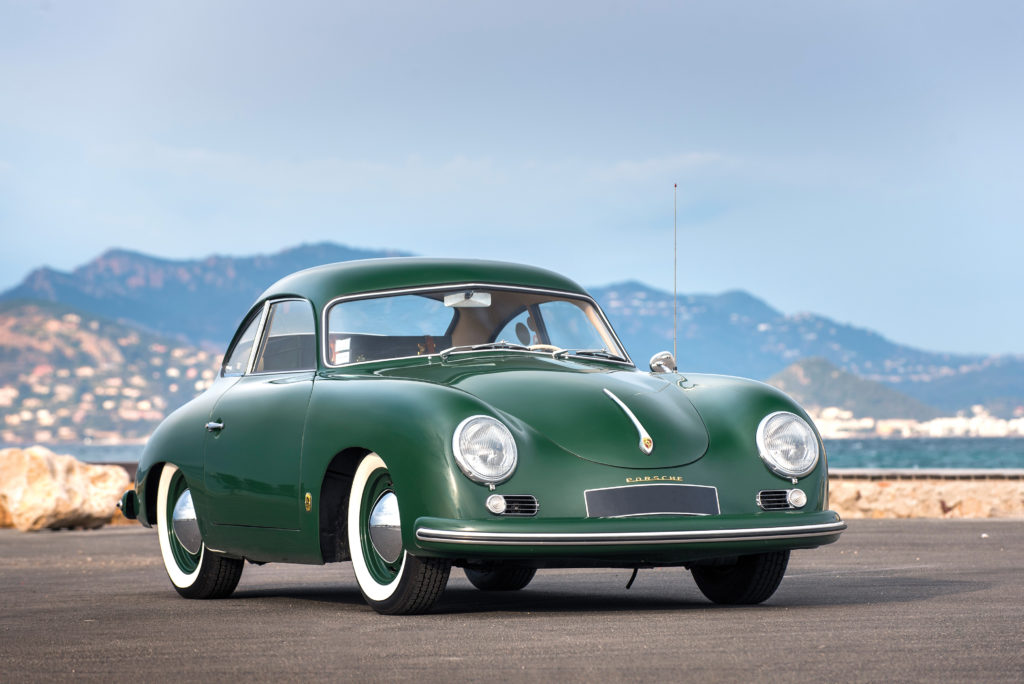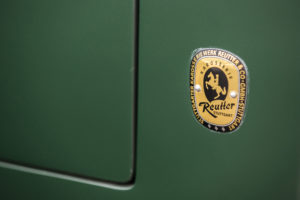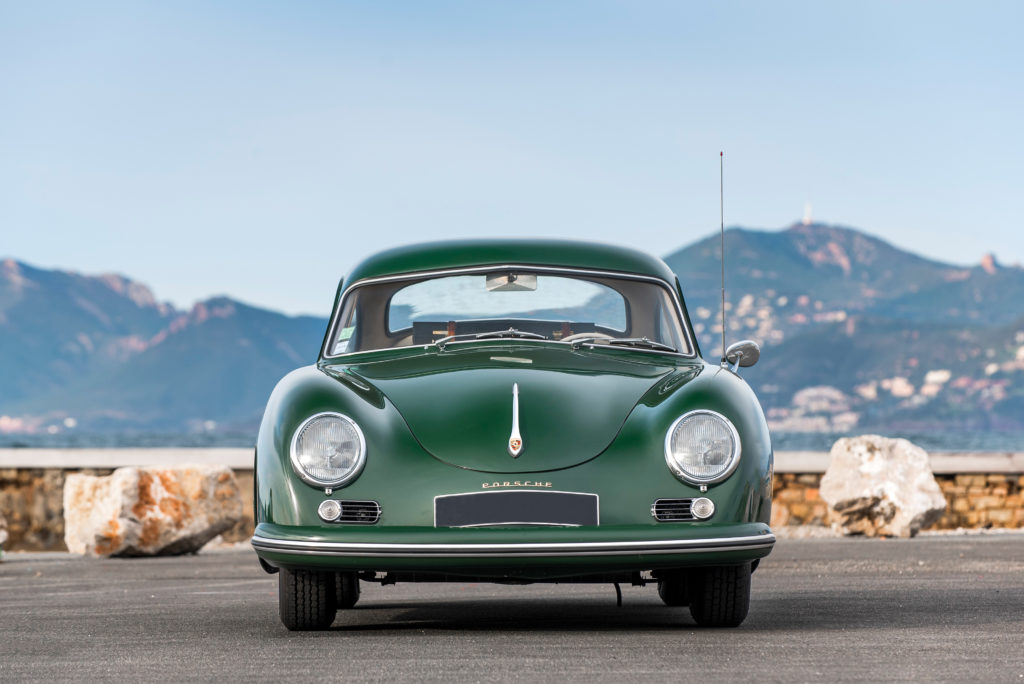Most people picture a 911 when they think of the Porsche brand name. A younger generation may even already be dreaming of the plug-in supercar Taycan. But the basis of Porsche success as we know it today lies with the 356. Not surprising, because: what a beauty.
Text Jeroen Jansen Image Loic Kernen, Courtesy of RM Sotheby's
The Porsche 356 -the first production car of the now famous German car brand- was an instant hit in 1950. This is not only evidenced by the fact that the manufacturer had it reincarnated in almost every conceivable form - from Coupé to Cabrio and even Speedster - but also by the fact that the car was in production for no less than eighteen years in virtually unchanged basic form. Although, Porsche is German and Germans love to refine and perfect and that was also true of the 356.
 Because although the 356 began as a compact sports car built on a steel platform and with numerous parts from the Volkswagen shelves, Porsche continued to develop the model. New engines, new steering gears, more refined suspension, different bumpers, brand new glass and so on. An early and a late 356 are unmistakably related, but also quite different from each other. You could devote a study to it.
Because although the 356 began as a compact sports car built on a steel platform and with numerous parts from the Volkswagen shelves, Porsche continued to develop the model. New engines, new steering gears, more refined suspension, different bumpers, brand new glass and so on. An early and a late 356 are unmistakably related, but also quite different from each other. You could devote a study to it.
 Dusting in a California barn
Dusting in a California barn
Early 356s were still given a body made of hand-hammered aluminium, but during the 1950s, aluminium sheet parts proved too expensive and Porsche diverted to steel bodies, built by the Stuttgart firm Reutter. And as befits a good coachbuilder, Reutter also literally put his stamp on the 356s that shaped it. Through a shield on the flanks. Stuttgarter Karrosseriewerk Reutter & Co. the yellow-and-black emblem reads.
Just such a logo adorns the flanks of the 356 Coupe on these pages. The car -a 1955 Coupe with a spirited 1,500cc four-cylinder- was delivered new to the United States in the summer of her birth year. For a long time there, she received regular spurs from her owner, but after thirteen years, the fun was over. With just over seventy thousand kilometres on the odometer, she was driven into a Californian barn, to gather dust there for decades.
Downtime is degradation, especially for a car. Parts need to move, rubbers need to stay flexible, fluids need to circulate and grease needs to lubricate. This 356 was not being treated to its necessary portion of regular movement, and so the car was deteriorating there in that sweltering barn, bit by bit. Until someone opened the doors of that particular barn and decided: this can't go on like this. This piece of automotive history deserves a second life.
 Not split, but are
Not split, but are
The Porsche was brought to Europe -to France and later Italy to be precise, and was completely stripped. Down to the bare steel. Over two years, craftsmen returned its luster to the Reutter-356. The shades of grey did not return, instead of the original perlgrau, the car was sprayed in palmgrün. The interior, originally in red leather, was adorned in beige upholstery. So not the original, but certainly a tasteful combination, when approved. Of course, all the technology also received a refresh.
One of the most beautiful details on this car did remain completely original and intact: the windscreen. Whereas some 356s have a curved one and others have one consisting of two separate panes, a so-called split-window, this one has a kink ín the middle of the window itself. Beautiful! In the interior, just below that beautiful bent-window, to top it all off, you will also find an original working Telefunken car radio. Get in, start it, radio on and cruise away...



